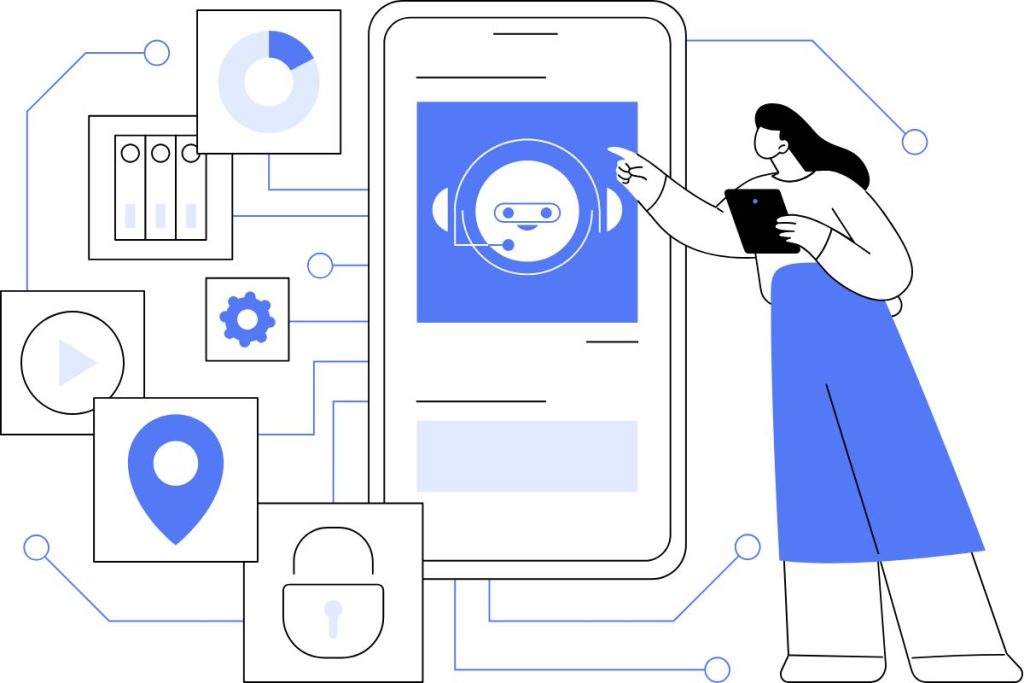Digital marketing is about speed, creativity, and the fight for user attention. Companies invest in advertising, analytics, and content, hoping for fair competition.
However, the results are increasingly distorted because machines visit the site alongside people.
Automated scripts, bots, and scanners — they don’t buy, read, or choose. They ruin statistics, steal data, and create a load. Some hosting platforms understand the scale of the threat.
Their bot blocking services help businesses protect marketing budgets, maintain the reliability of analytics, and control access to vulnerable points.
With such solutions, companies receive real-time traffic filtering and accurate reports on malicious activity.
Bots Distort Marketing Reality
A marketer works with numbers. He calculates conversions, optimizes funnels, and sets up targeting. However, if scripts generate 30% of visits, no funnel will be honest.

Bots click on ads, open pages, and fill out forms. Visually, the site is alive, but in reality, you receive no benefit.
Such moments are especially critical for e-commerce and service platforms. Competitors’ scripts can parse prices, steal descriptions, and imitate activity.
All this leads to additional costs and distorted decisions. You think that your ad is not working, but in fact, machines are clicking on it.
In addition, malicious bots can look for security holes, pick passwords, and spam comments. Their goal is not to buy but to break, steal, and destabilize.
While you are analyzing the behavior of “clients”, they have already created a false picture.
Signs Your Website Is Under Attack
Not every bot is malicious. The exception is search engines or monitoring services.
However, when malicious activity exceeds the threshold, it is already an attack. Here are the main signs that you can tell that your site is under attack:
- sharp increase in traffic from the same IP;
- abnormally high bounce rate;
- frequent POST requests without transitions;
- unexplained clicks on ads;
- large number of false registrations;
- hosting service failure due to overload;
- problems with user authorization.
Attacks are not always immediately visible. They can accumulate for weeks, create false analytics, and reduce the effectiveness of strategies. Only regular monitoring and protection allow you to identify the problem in time.
After you have detected the signs, it is vital to act quickly. There is no time to think — every day of distorted statistics throws you back. The sooner a bot filter is installed, the fewer losses the business will suffer.
The Damage Malicious Bots Can Cause
The scale of damage from automated attacks is hard to overestimate. First of all, you face financial losses. Bots click on ads — the budget is wasted.
The second important point is reputational losses. When feedback forms are overflowing with spam, the client becomes uncomfortable.
In addition, the constant load on the server can cause failures and even a website crash. In this case, you lose both users and search positions. For a small business, this can be a critical blow.
Some scripts look for vulnerabilities in the CMS, modify content, and inject malicious code. The user visits your site and gets a virus, after which they will never return to you due to the sad experience.

How to Strengthen Bot Protection
You must clearly understand that the bot threat is a reality. Many people believe until the very end that it does not concern them.
But you need to protect the website from bots when traffic becomes a valuable asset and data fuels growth. Here are some steps that will help strengthen your protection:
- install a WAF or bot filter;
- use captchas and honeypots;
- limit the frequency of requests;
- analyze traffic by geo and IP;
- hide sensitive URLs and forms;
- monitor logs and behavior;
- use protection from data parsing.
After setting up protection systems, remember to update them, because bots evolve constantly.
They disguise themselves as browsers and learn to bypass filters. Only a flexible, customizable system will be able to resist them in the long term.
Conclusion
Digital marketing thrives on transparency, analytics, and honest interactions. Bots destroy these foundations. They corrupt data, undermine efficiency, and take away resources.
Protection against bots is not paranoia but a necessity. Reliable filtering, strict control, and regular auditing — all these are no longer options but basic survival tools.
Modern hosting platforms offer solutions that enable you to identify and block malicious activity while maintaining accurate analytics and protecting your business from potential losses.

